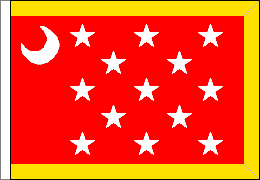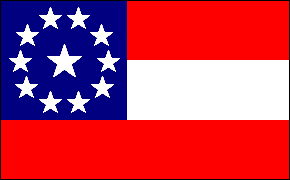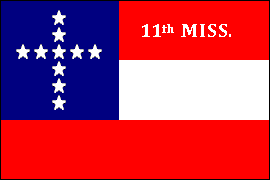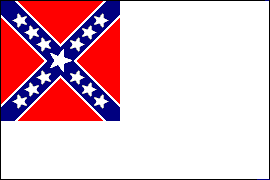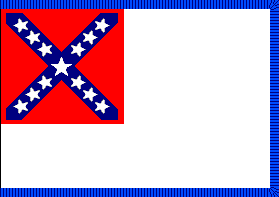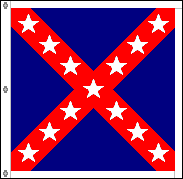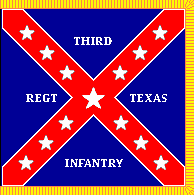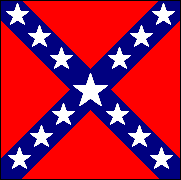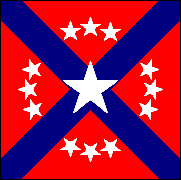CONFEDERATE STATES OF AMERICA
BATTLE FLAGS OF THE TRANS-MISSISSIPPI DEPARTMENT
The Trans-Mississippi Department was the orphan theater of the Confederate Army, particularly after the summer of 1863 when the fall of Vicksburg effectively severed it from the rest of the Confederacy. The units stationed there, most of them from Arkansas, Louisiana, Missouri and Texas, used a wide variety of flags, some based on the First and Second National Flags, some on the Army of Northern Virginia Battle Flag, and some of unique design.
Credit: The text and drawings on this page are based on information from the late Devereaux Cannon's Flags of the Confederacy website.

